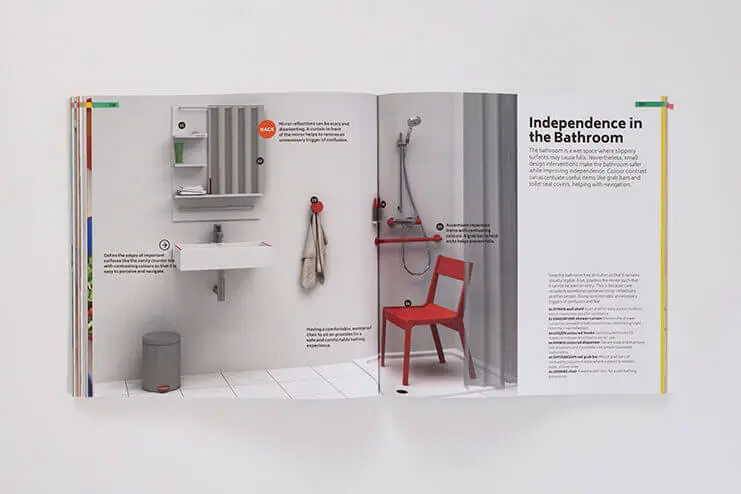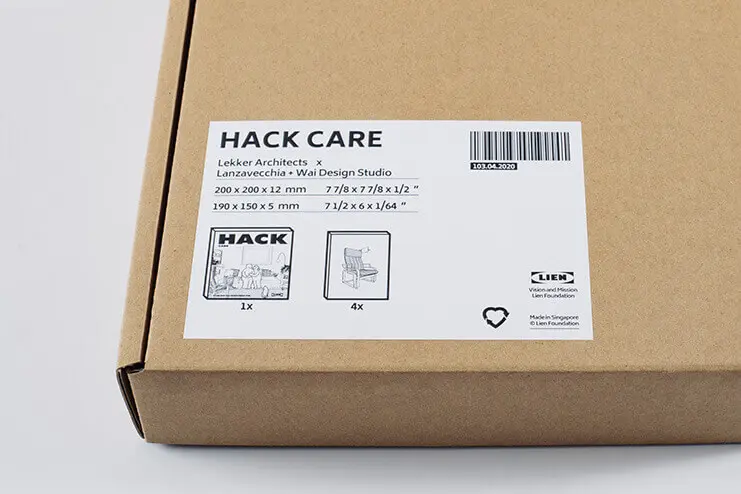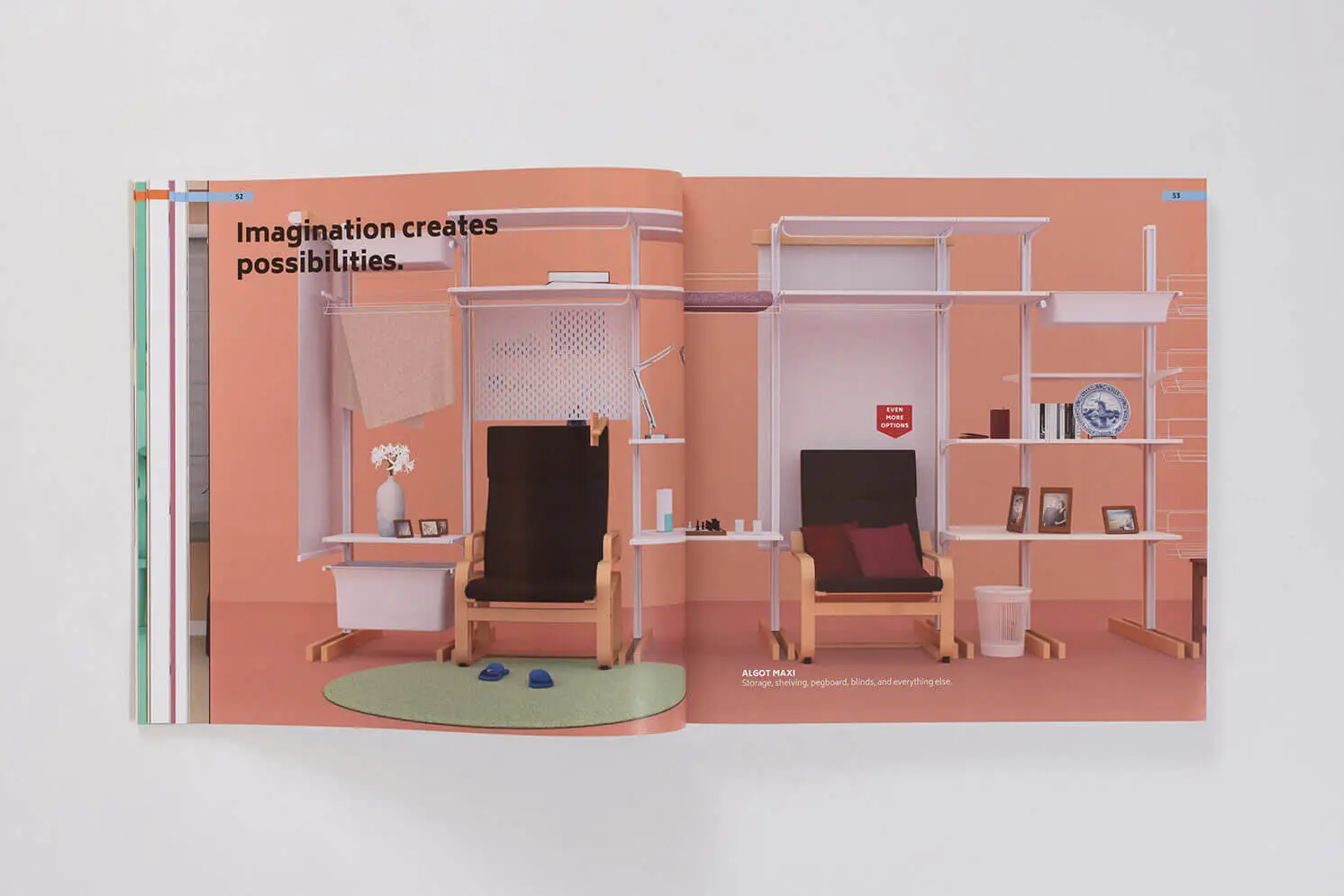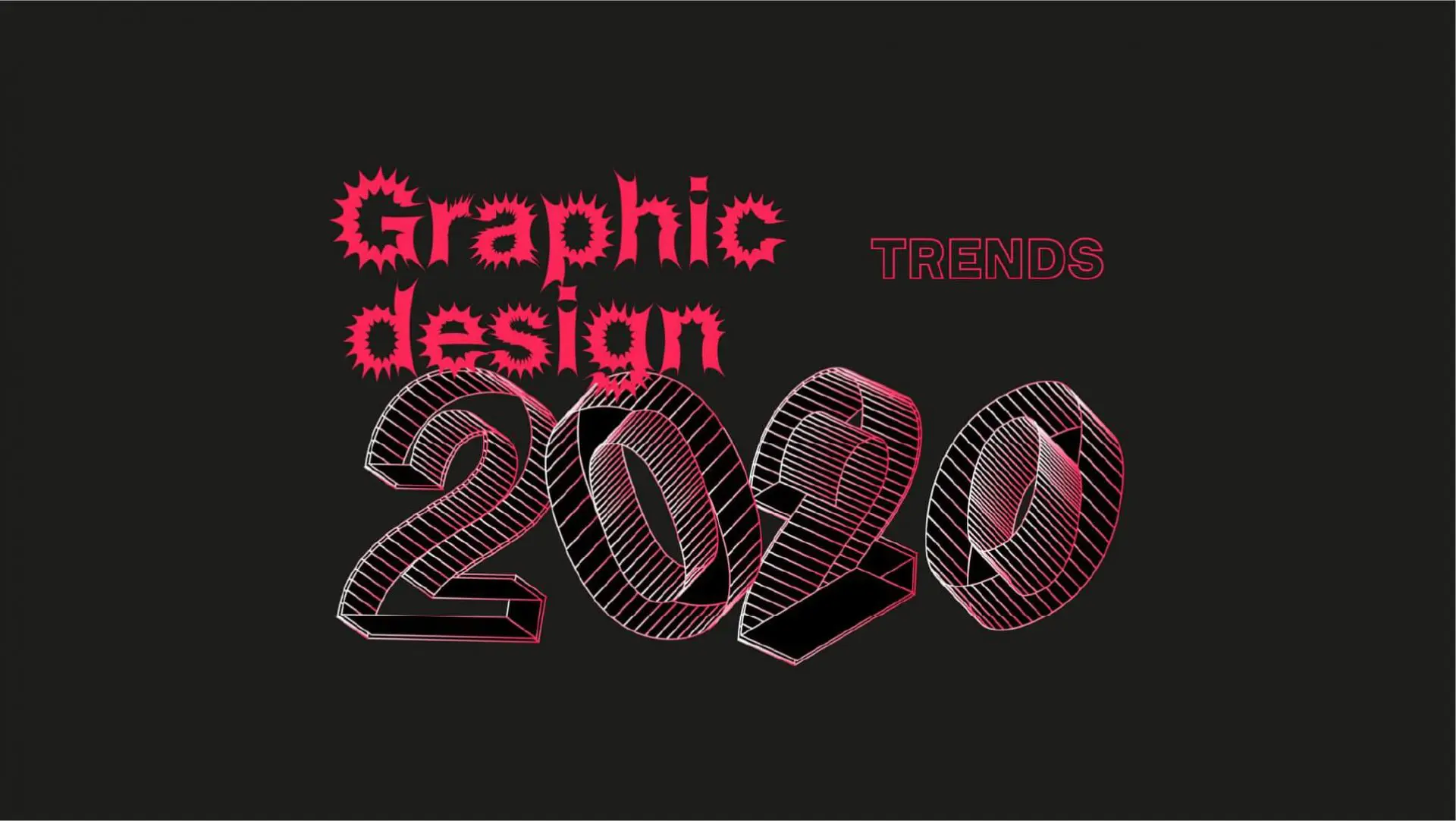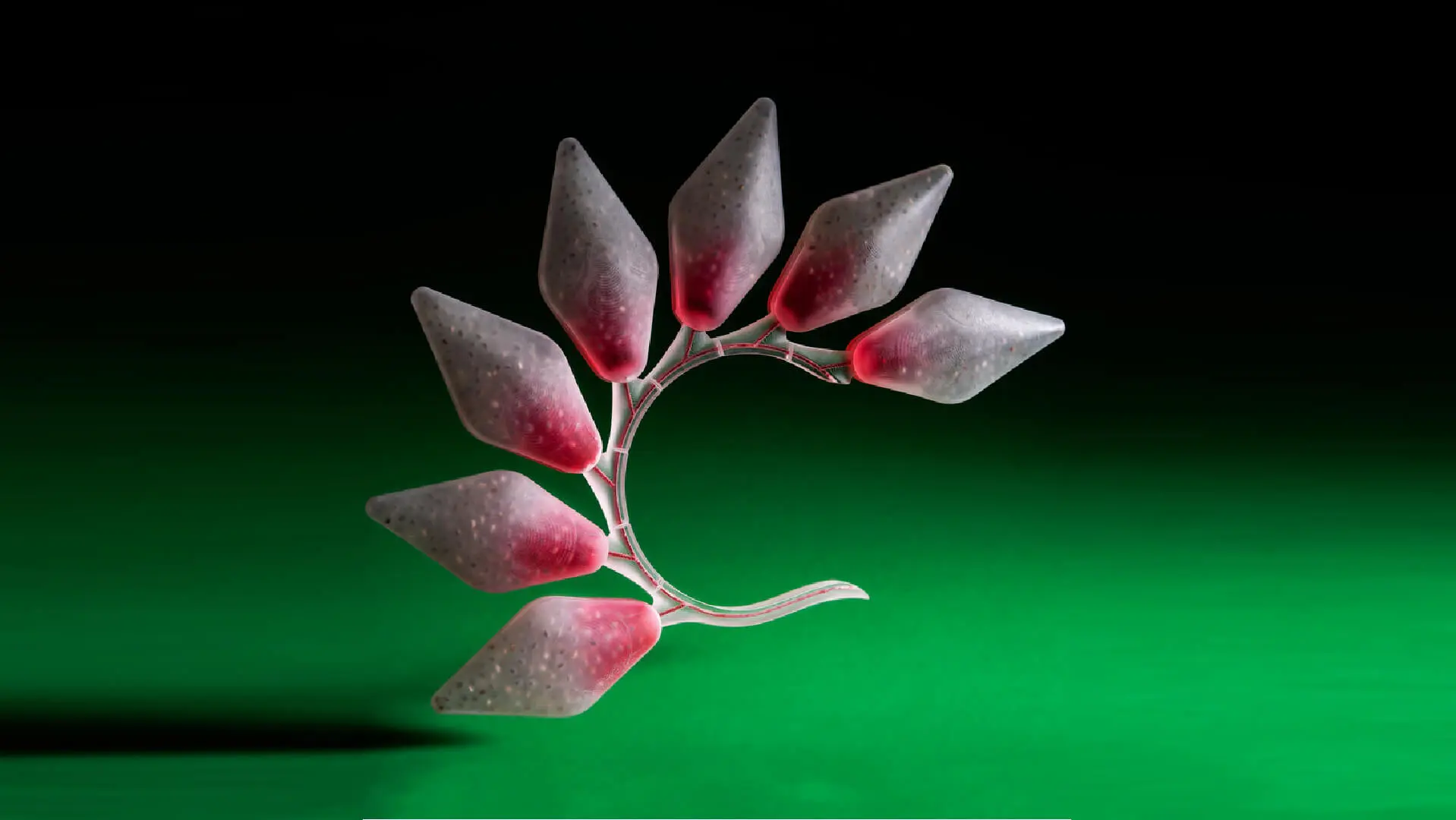Hacking is caring, this e-book helps to design a dementia-friendly home
Hack Care is an IKEA style ‘catalogue of ideas’ for practical and accessible solutions to create dementia-friendly homes.
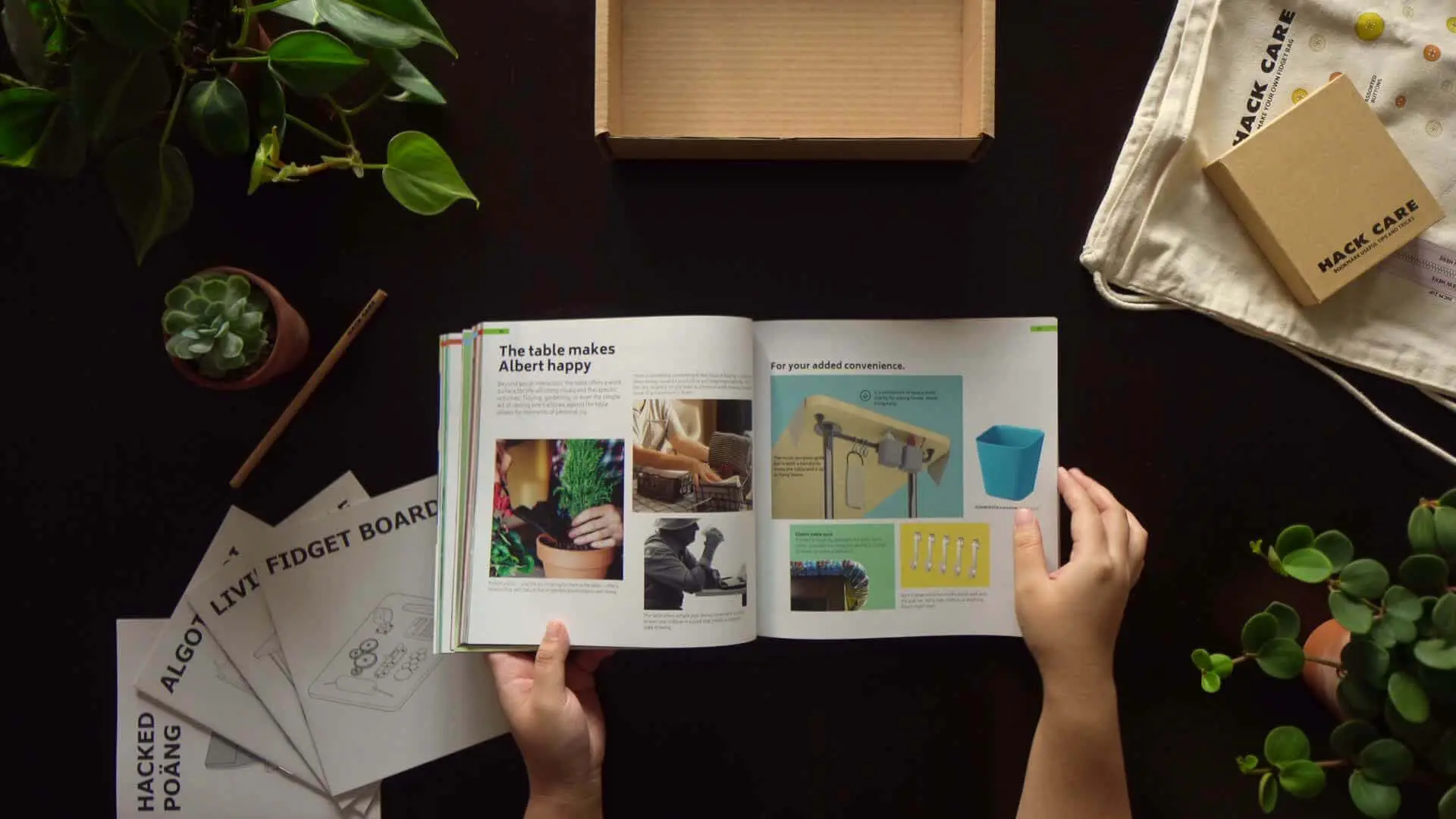
Being cared for in-home is considered the better option whenever possible. Hack Care seeks to make this a realistic option for more people.
Caregiving can be tough and presents many challenges for carers and their loved ones as they adapt their lives to the changes that come with dementia.
Why Hack Care? To inspire and empower caregivers improving the living environment and quality of life of dementia affected people
There is a relatively limited range of products available which specifically cater to this. Hack Care aims to fill the gap and smooth the bumps of caring.
The minds behind Hack Care – Lien Foundation, Lekker Architects, and Lanzavecchia + Wai Design Studio
Hack Care is a collaborative effort. It was instigated by the Singaporean philanthropic organization, Lien Foundation, who brought on partners Lekker Architects and Lanzavecchia + Wai Design Studio.
Lien Foundation is committed to tackling social problems through innovative approaches and design solutions aimed at making a difference ‘on the ground’. It focuses on early childhood, aged care, and end-of-life issues.
It has previously produced a guide which reimagines pre-school spaces, and another which proposed new types of community spaces for seniors.
Lekker Architects, led by Ong Ker-Shing and Joshua Comaroff, is concerned with how architectural spaces make people feel, and how they influence the way we live our lives.
They are involved in long term research studies funded by universities and institutes in Singapore.
Lanzavecchia + Wai Design Studio is an Italian-Singaporean duo of industrial and product designers.
Both Francesca Lanzavecchia and Hunn Wai completed their Masters of Design at the Design Academy in Eindhoven, the Netherlands.
Their work has been exhibited and received numerous awards.
Curious to know more about how visual design is helping redesign real-life experiences? Don’t miss Branding a pandemic: Hastings and Base Design create minimalistic ‘return to work’ signage for COVID-19.
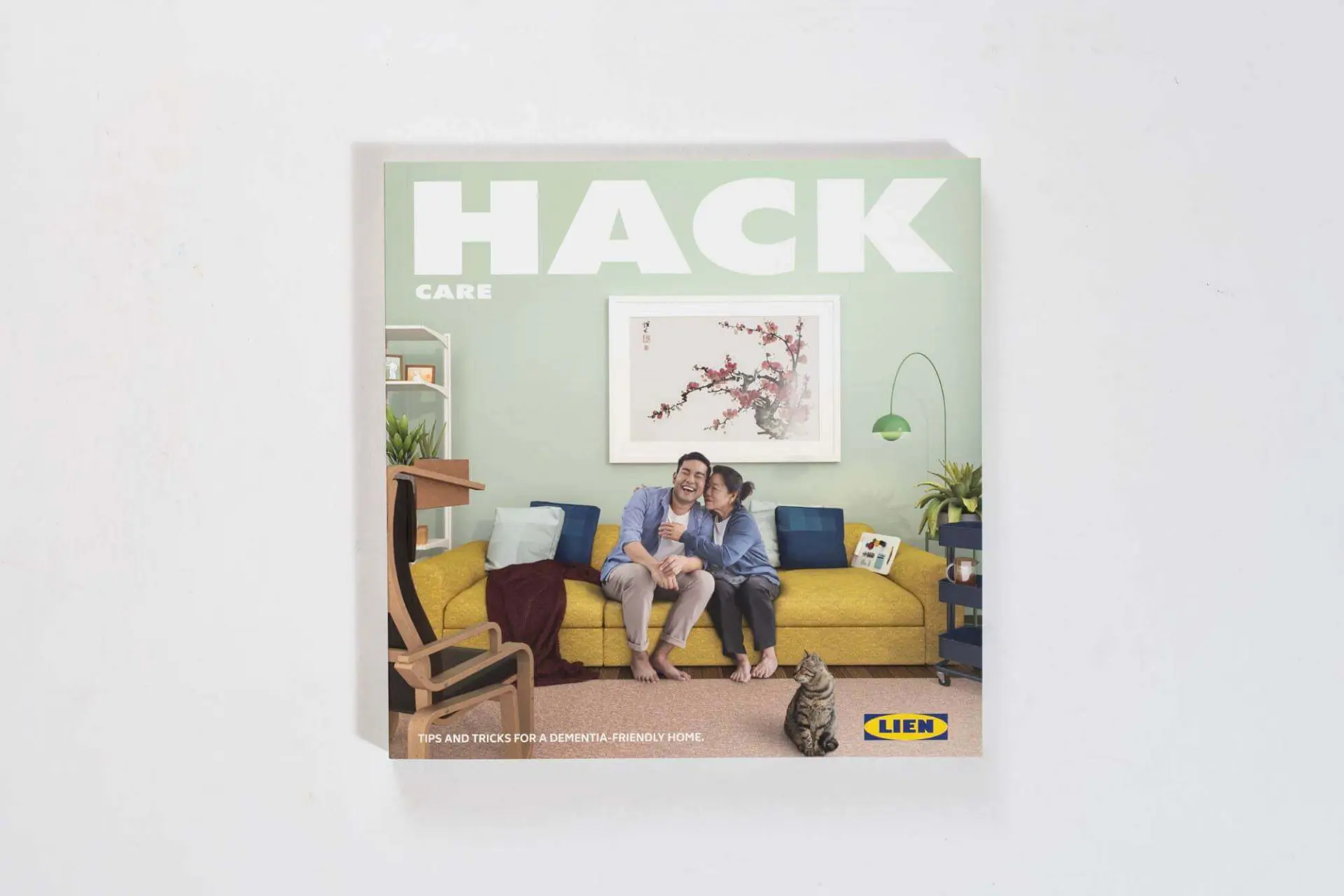
Materials & Techniques – A catalogue of practical principles and DIY tips
Hack Care is a manifesto arranged around ten practical concepts to improve the daily life of people with dementia and their carers.
It is grounded in research and takes the form of the iconic IKEA catalogue.
Its goes through ideas like, ‘Familiarity is comforting’, ‘Encourage decision making’, and ‘Do things together’.
The Hack Care guide was three years in the making and is 240 pages.
Lekker Architects’ Ms. Ong Ker-Shing says that the idea was “to help non-designers think like designers, to think like hackers.”
It acts as a creative jumping-off point that encourages people to play and manipulate their environment to create a dementia-friendly home.
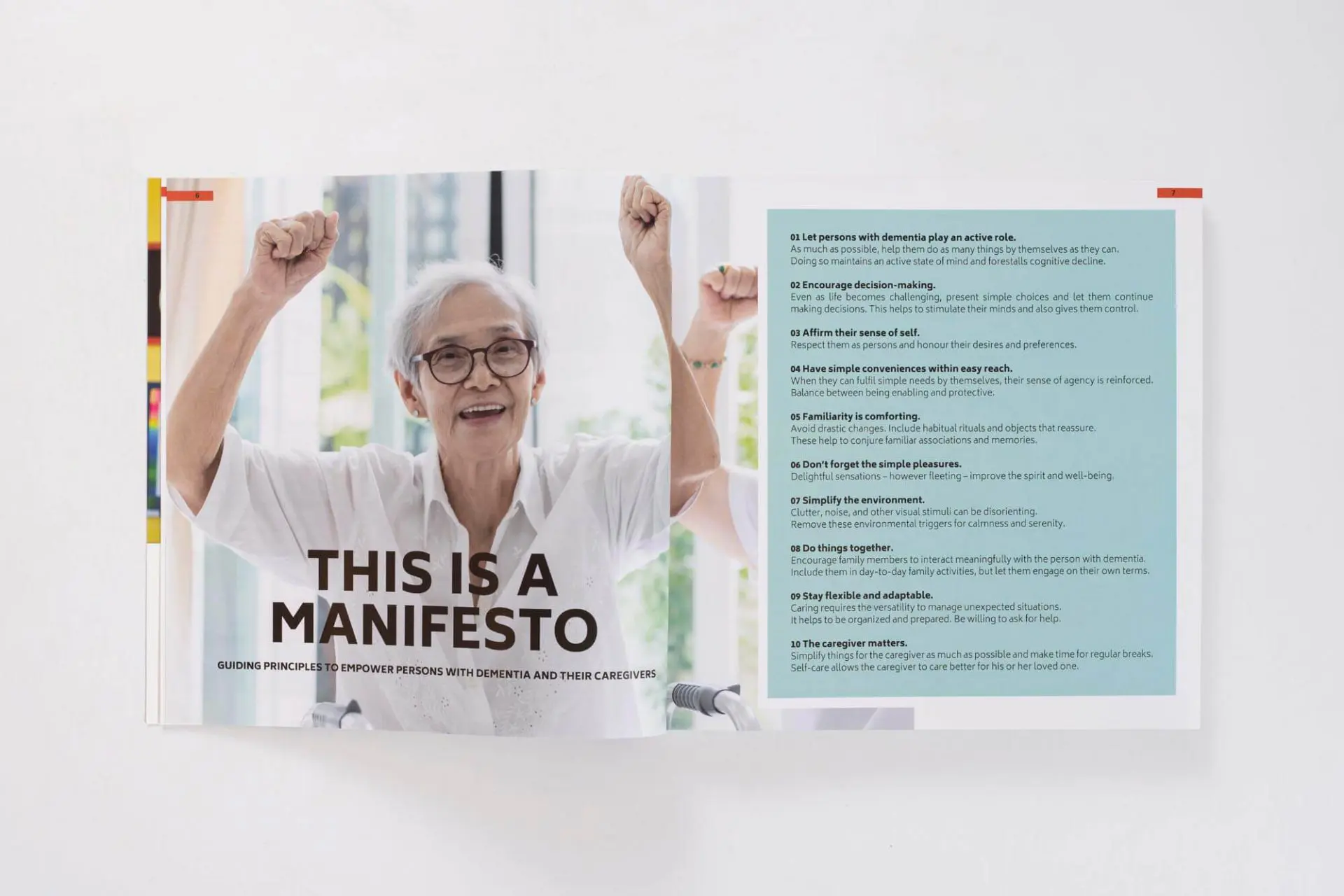
It shows how various ‘micro-worlds’, daily rituals, and activities can be hacked and lays out over 50 practical tips and tricks.
Many are based on products from IKEA, but advice goes well beyond that.
Stories and essays dive deeper and provide insight into the experiences of people with dementia, plus offer some personal perspectives on being a caregiver.
Simple instruction booklets have been created, including a guide for hacking the classic IKEA POÄNG armchair into a more upright and sturdy variation with a handy headrest for napping.
The virtues of tactile sensations are discussed, and backed-up with instructions to make your own fidget board.
Limited hard copies are being distributed free by Lien Foundation, and soft copies are available for download or can be browsed in digital version here:
Style & Aesthetics – Mimicking the simplicity of IKEA
Hack Care very clearly declares its aesthetic as based upon the well recognized IKEA style.
It takes this very seriously and has mimicked the style down to the smallest details.
The logo is even hacked to “Lien”, the name of the foundation.
Just like an IKEA catalogue, it is packed full of photographic visuals, everything is labelled and prices are given.
The iconic cartoon figures used in all the IKEA instruction booklets make an appearance throughout the catalogue as characters Albert and Lucy.
The hack instruction booklets also follow the familiar IKEA style.
The hardcopy of Hack Care comes boxed and labelled just as you would expect an IKEA product.
Included are the hack instruction booklets, a fidget bag to be customized, plus some useful sticky notes to mark pages in the catalogue.
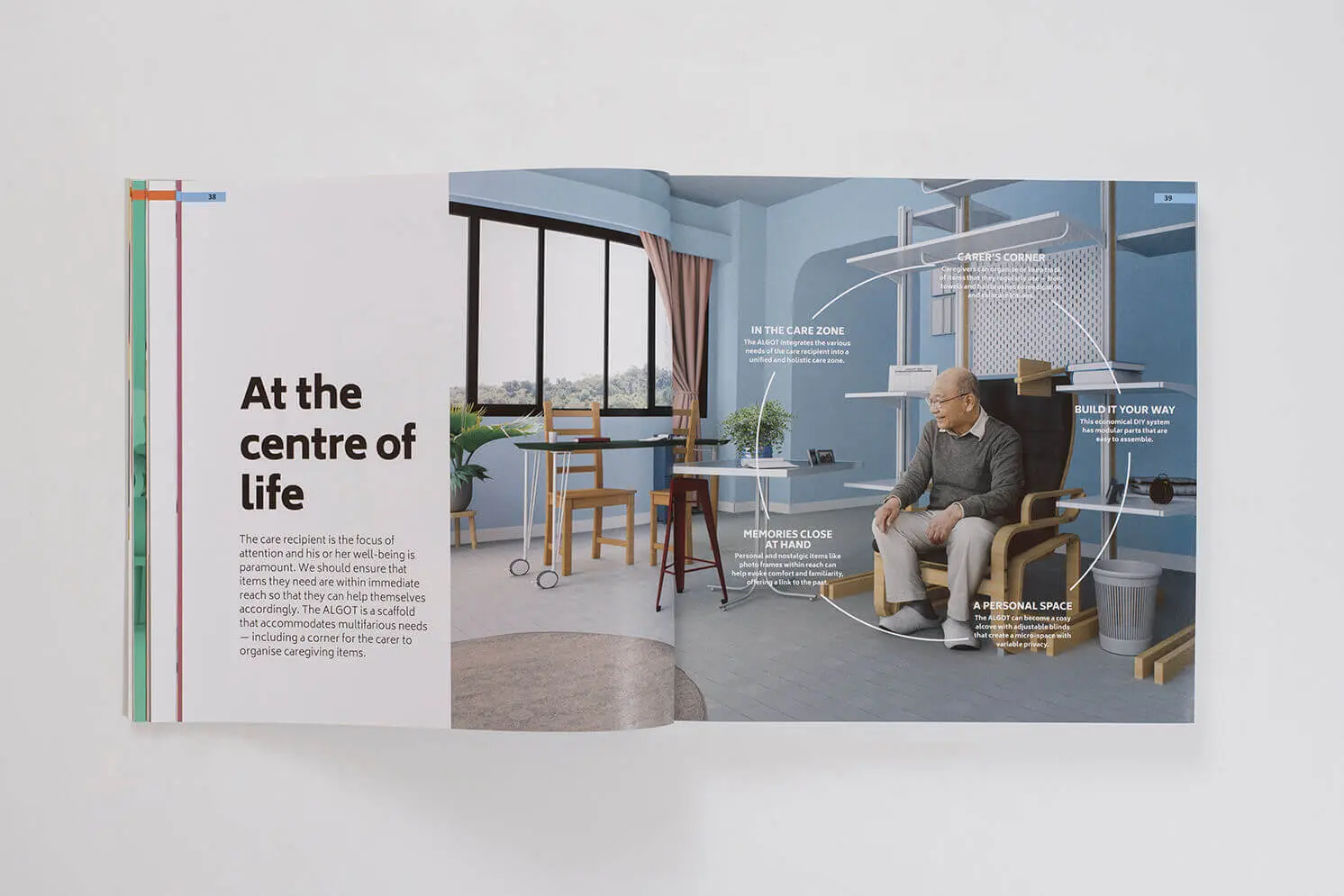
From “Heck Care” to Hack Care
In Singapore, the phrase “heck care” is used in casual conversation to indicate that someone takes a relaxed or “couldn’t care less” attitude.
Hack Care plays on this term, by transforming and co-opting it into the very opposite.
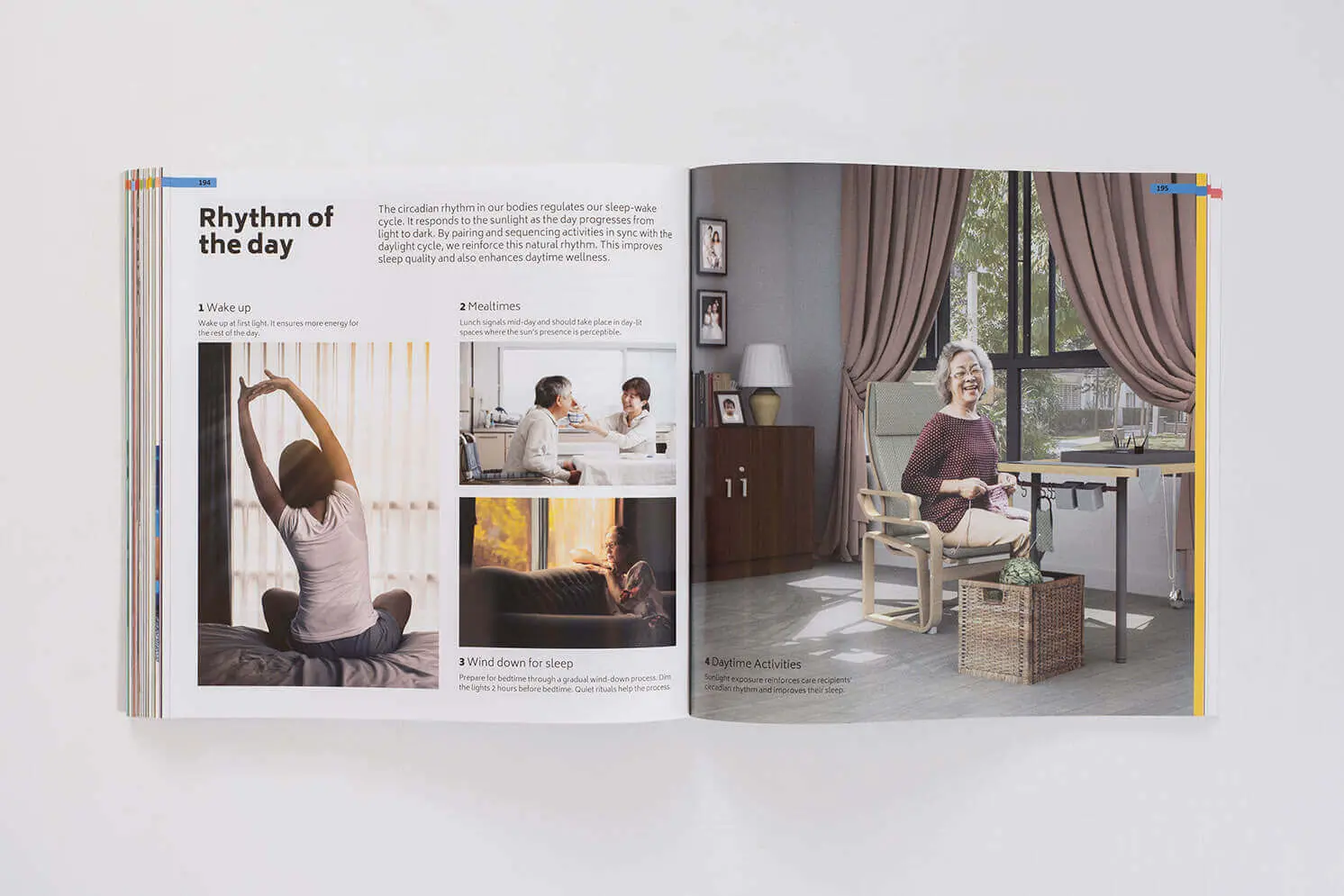
Design memento – Furniture as the scaffold of life
What emerges from Hack Care is a picture of how the places we inhabit shape our experiences.
And furniture is often the structure upon which we hang our experiences.
This is emphasized with the discussion of ‘the chair’ as a point of familiarity and increasingly the focus and grounding point in the care recipient’s life.
Arrangement of furniture, using color to highlight or obscure elements, placing items within easy reach or having furniture which is mobile all make a difference and can improve wellbeing.
The section of the catalogue devoted to room planning, ‘The New Room’, makes it clear that furniture arrangements need not be static over time.
They can and should evolve as needs change.
This approach of Hack Care also recognizes that caregivers who know their loved one’s specific needs are in the best position to make positive changes to the living environment, not designers or architects.
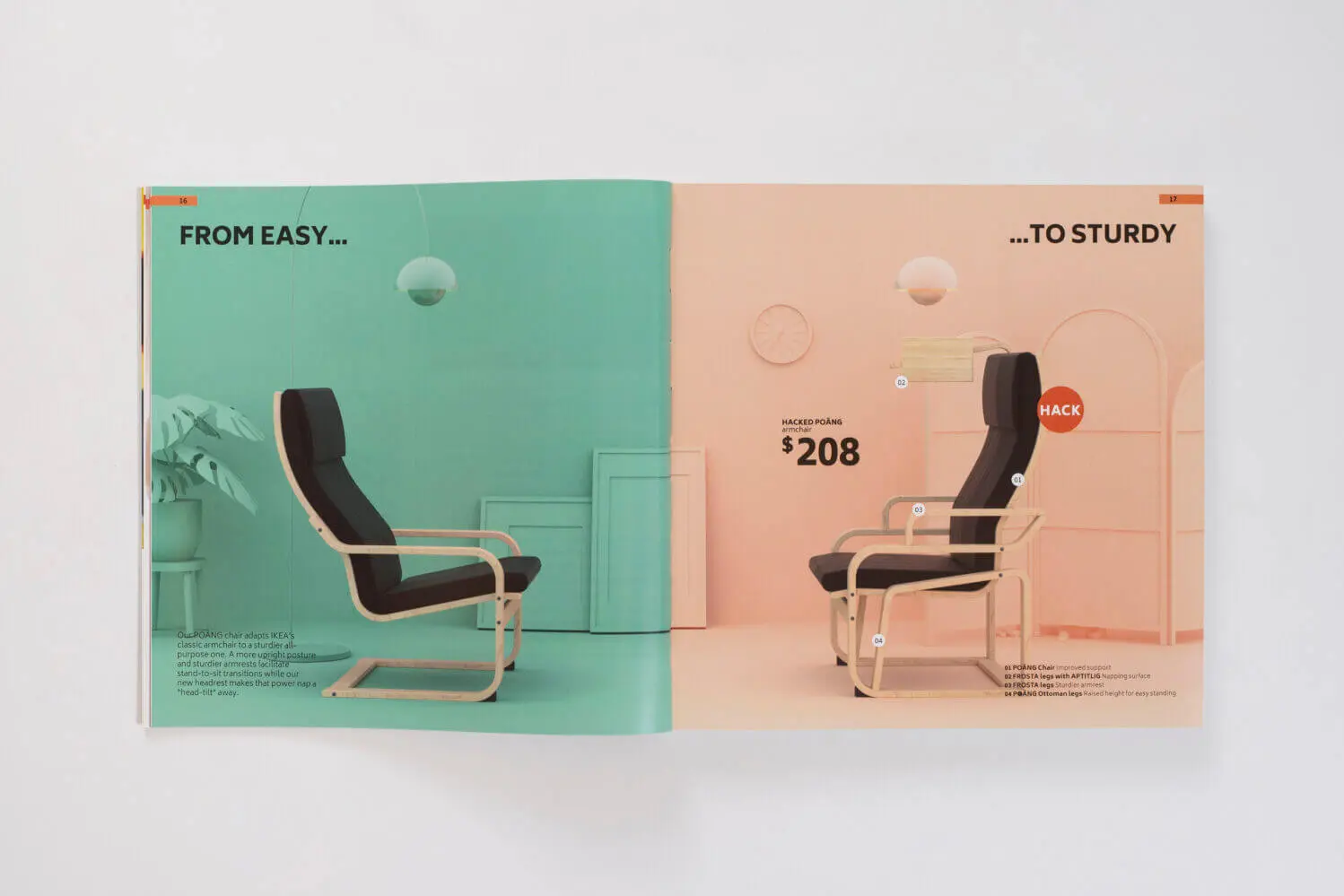
The writer’s comment – Simple living is functional living
IKEA is widespread and accessible, with a philosophy that everyone can live in a beautiful and functional home.
Bright simple colors, items always within easy reach, precise organization, and a lack of clutter are all suggested in Hack Care as strategies that help people living with dementia cope with life.
The parallels between this and the IKEA style seem a perfect fit.
The Hack Care format also taps into our nesting and DIY tendencies, encouraging problem-solving and creativity.
Hack Care uses design thinking to design a dementia-friendly home, check out the innovative way designers are using this design technique to shape experiences, don’t miss Nicholas Baker and the fascination of the mundane.






